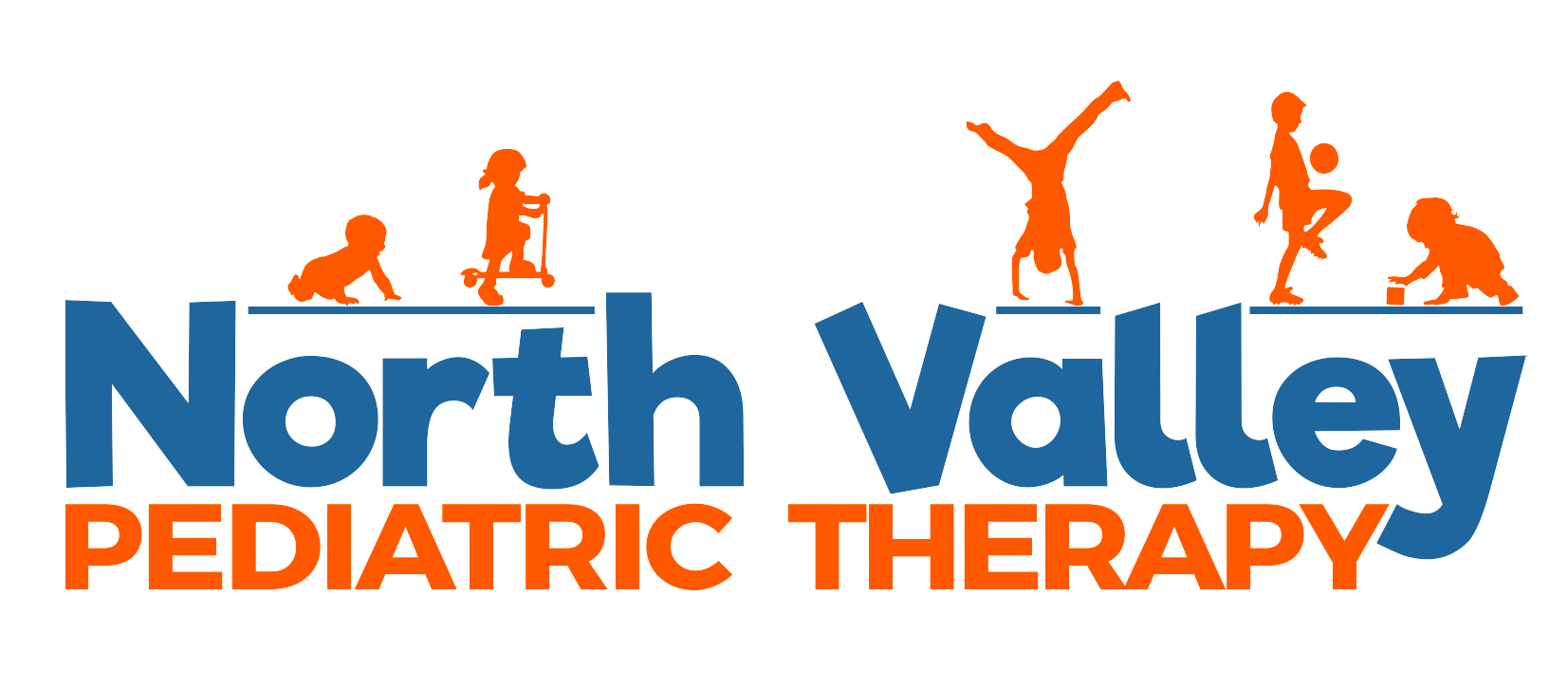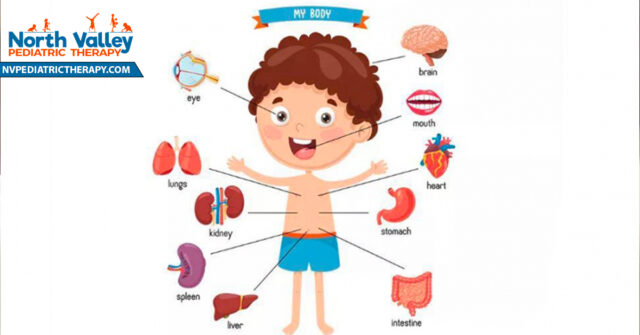WHAT IS INTEROCEPTION:
So often we hear about the body’s 5 primary senses including, vision, touch(tactile), hearing(auditory), taste(gustatory) and smell(olfactory), occasionally another common two senses may be discussed including proprioception and the vestibular system. However, the body’s eighth sense, the sense that is hardly ever discussed is interoception. Interoception can best be understood as our body’s internal sense. Interoception can help us feel and further understand what is happening inside of our bodies. For example, (interoception) it is is the sense responsible for telling our bodies if we are hungry or full, thirsty or quenched, hot or cold, needing to use the bathroom and so much more. The overall purpose of this sense is to assist our bodies in maintaining a state of optimal balance allowing us to be successful in our daily activities.
HOW CAN INTEROCEPTION AFFECT MY CHILD’S FUNCTION:
Interoception has a large impact on our daily activities and it is best to view this sense as a mind-body connection. When we understand these internal feelings we are able to act upon them and the stronger the interoceptive sense the stronger that connection between our minds and our bodies. For example, a child with a strong interoceptive sense should be able to identify if they are hungry and either ask for food or get themselves a snack. As an interoceptive sense continues to strengthen and develop, a child is able to become more independent and autonomous in their daily activities. However, when a child is not able to accurately process and respond to their body’s internal signals and act accordingly, this is a sign that their interoceptive sense isn’t working properly and so therefore function is highly impacted.
INTEROCEPTION AS IT RELATES TO TOILETING:
Learning how to use the toilet can be an exciting, yet challenging task for children. Toileting can be broken down into many steps. However, if a child does not firstly recognize when their body is telling them they need to go to the bathroom, this will often lead to undesired outcomes such as accidents, messes, embarrassment, and frustrated caregivers. Interoception is at work when we feel a certain feeling in our body that tells us we need to urinate or defecate and that is what serves as our motivation to get to the bathroom on time to eliminate our waste in a safe and effective manner.
INTEROCEPTION RED FLAGS:
Your child’s interoceptive system may be impacted if you notice:
- Your child is having a hard time expressing they need to use the bathroom.
- Random urine or bowel movement accidents
- Your child is hiding behind furniture and having toileting accidents
- Physical and emotional distress during preferred activities
- Facial expressions and movement while holding their bladder or lower stomach area
- Your child staring off into the distance while having toileting accidents
- Your child is complaining of pain likely in their stomach area
- Your child is constantly going into the bathroom and sitting on the toilet for long periods of time
- Your child becoming distressed when asked if they need to use the bathroom
TIPS and TRICKS FOR INTEROCEPTION & TOILETING:
TIP #1: Model and describe how YOU are feeling.
- Take time during the day to express to your child that your bladder or lower stomach feels full and you need to go to the bathroom. Discuss with them how you feel afterwards.
- In addition, practice deep breathing with your child and go through how you feel after you take deep breaths
TIP #2: Ask your child how THEY are feeling.
- Take time to ask your child how their body is feeling. Before and after they use the bathroom, ask them how their lower stomach or bladder is feeling.
- Note: Be careful to not to tell them how they should feel. Rather, this conversation is supposed to help them stop and think inwardly on the feelings so that they can connect that to their actions.
TIP #3: Use visual schedules or step by step images.
- Your child may need visuals to better understand the toileting process. Visual schedules or steps can provide your child a clear picture of what they are expected to do when they feel they need to use the bathroom. Visuals are also really helpful for children who are non-verbal.
TIP #4: Use a preferred toy or object.
- Allow your child to bring in a favorite stuffed animal or toy during the toileting process so they can have a familiar item with them but also have the opportunity to train this item to go to the bathroom as well. This will not only serve as a motivating factor for your child to use the bathroom but will also provide your child with some control and authority as well.
TIP #5: Knowledge is power.
- As parents, learn as much as you can about interoception. As you begin to understand your child’s experiences, the easier it will be to have empathy towards them while finding solutions to help them.
RESOURCES:
Here are some additional resources and tips to learn more about interoception as it relates to toileting:
- Visit The Star Institute Website: Toileting and Interoception-How to help struggling children https://sensoryhealth.org/node/1073
- Visit The OT Toolbox Website: What you need to know about interoception https://www.theottoolbox.com/what-you-need-to-know-about-interoception/
- Watch YouTube Videos on Interoception and/or Identifying Emotions
- Read books or social stories with your child on Interoception, Identifying Emotions, and/or Toilet Training
- Following Social Media Accounts that discuss toileting for children or Joining Parent Support Groups
Blog by: Gregory S. MS, OTR/L (Occupational Therapist)




